When you see African designs flaunted on the runways of Paris, one would immediately recognize them as a class of their own. Clothes maketh a man as the famed proverb goes –and African textiles have plenty to say. From local narratives to mesmerizing motifs, and colors with deep significance, African textiles are known for their strong and visual language. They are worn at special occasions such as naming ceremonies, weddings, and rituals, and represent power, and in society.
A Way of Life
However, the relevance of these textiles does not stop there because they also have considerable value in vernacular weaving and dyeing processes. Men worked on narrow and wide looms, generating a vast range of designs, while women applied extensive finishing touches with specific tools, dyes, and stamping blocks. The job, like all ancient methods, is long and, at times, backbreaking. But the end product is a tapestry of gorgeous art rich in proverbial meaning and narrative.
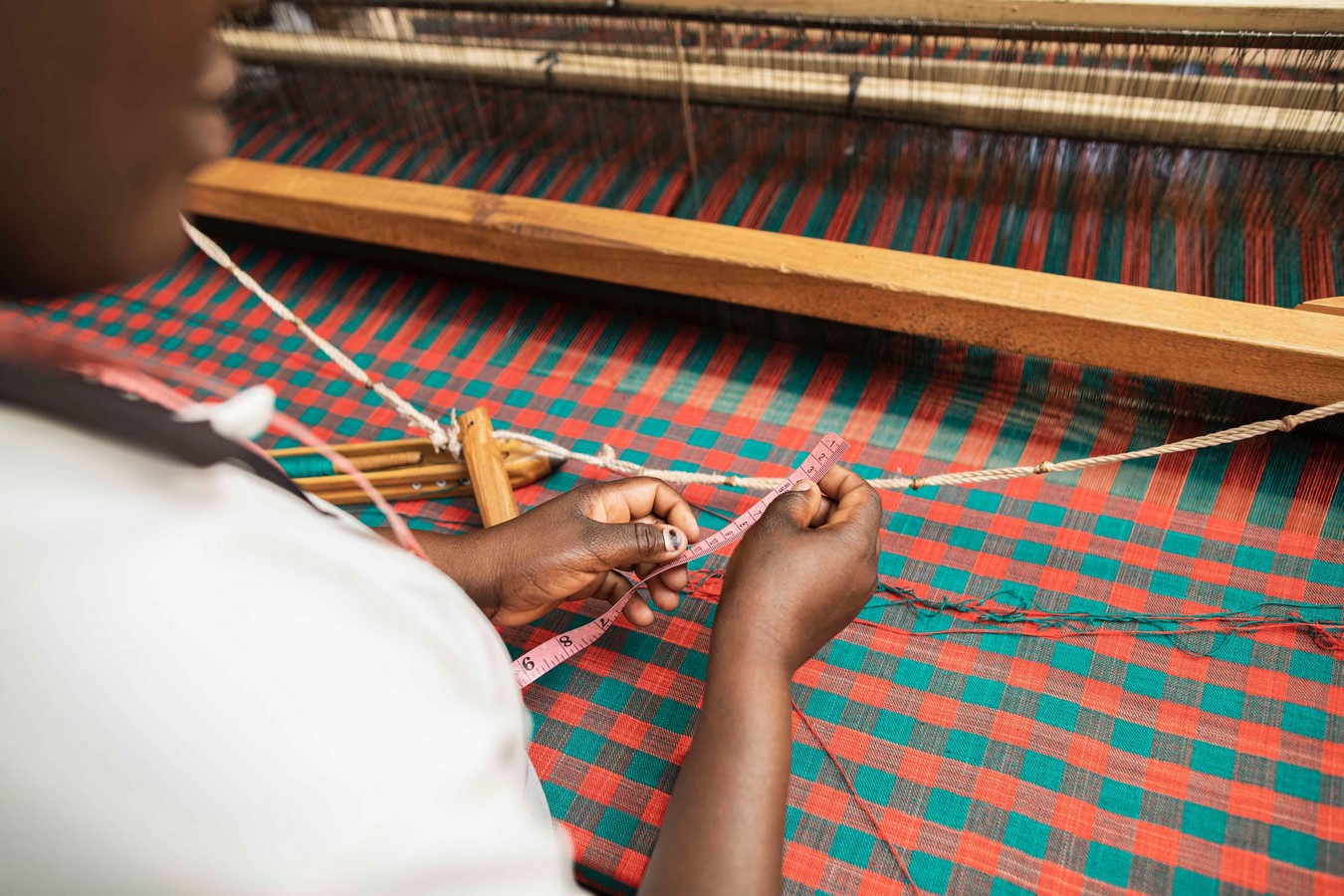
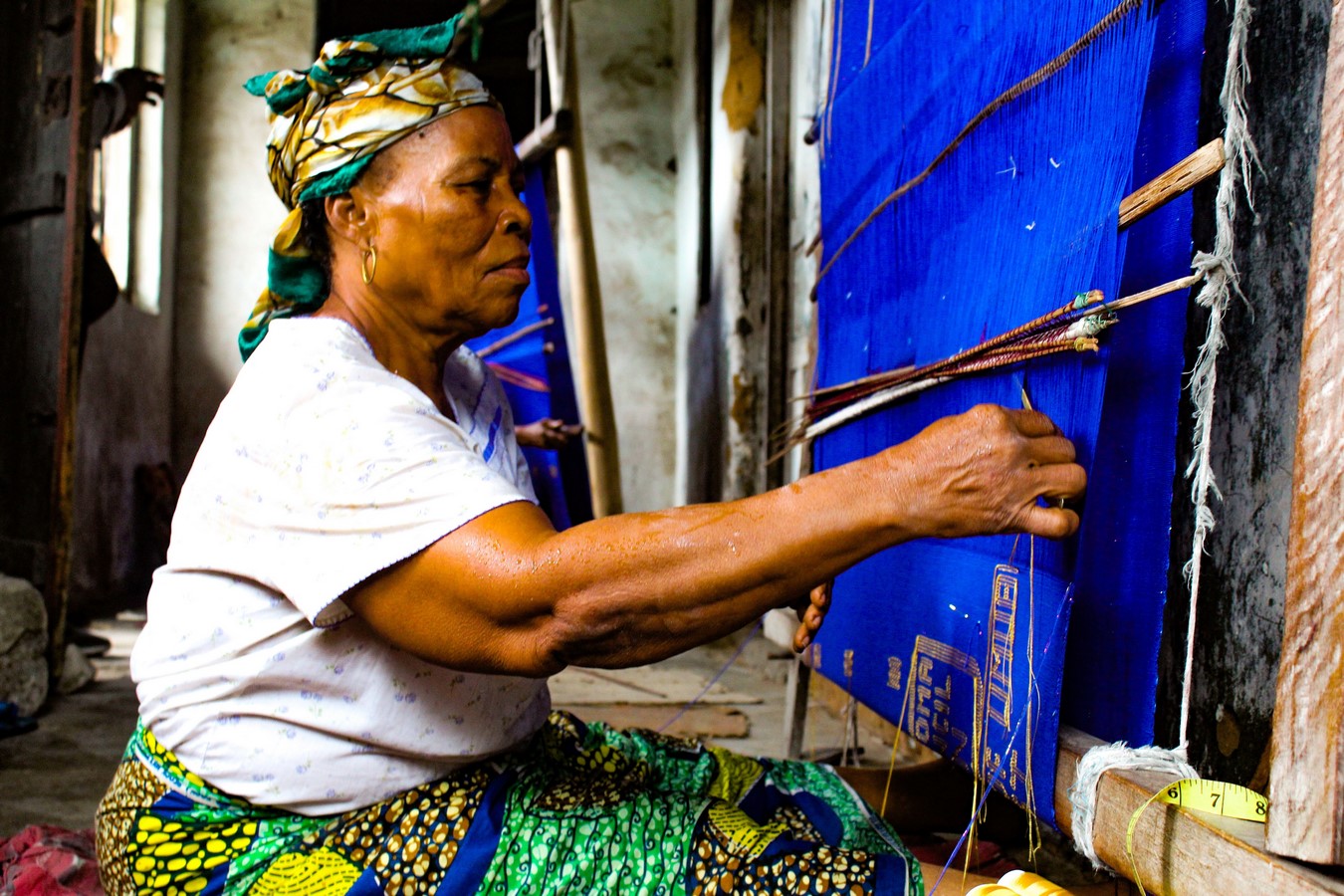
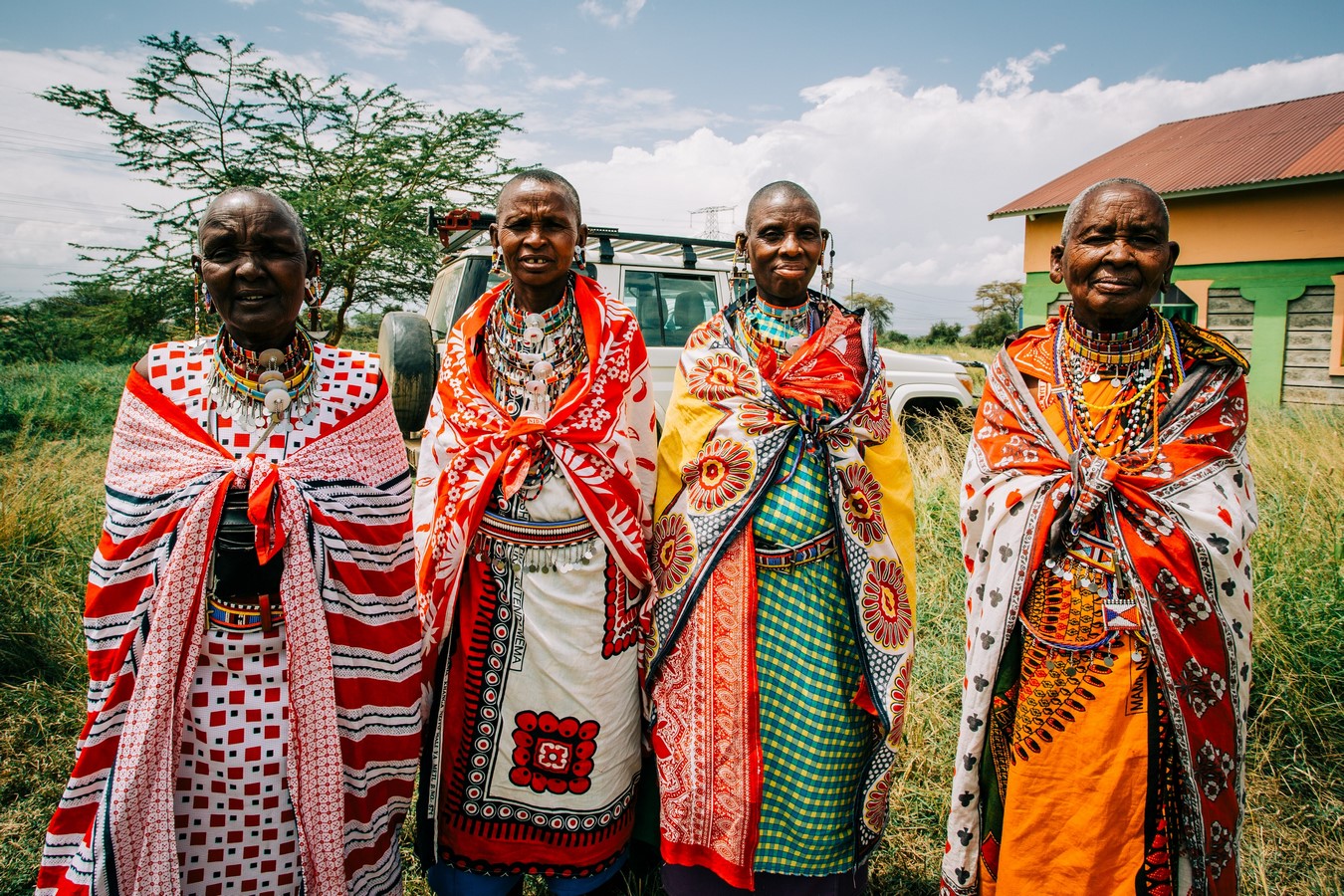
Each region or tribe has its designs, which are quite distinguishable in the patterns, materials, and techniques used. Some of them are as follows:
- Kente cloth is created by sewing together handwoven small strips to create a single fabric. It was primarily used in Ghana and is possibly the most well-known African cloth in the world.
- Ankara is a printed textile that was previously known as African or Dutch wax. Wax was used to form designs on the cloth to resist colour during the dyeing process, similar to the batik technique. This wax-resist process could be used again and again to generate different colours and patterns before being boiled, cleaned, and ironed.
- Bògòlanfini is a plain-weave wool or cotton textile. The cloth is first dyed yellow, and the designs are applied by hand with an iron-rich mud solution. This can be repeated as needed depending on how dark the designs must be. The cloth is then cleaned to eliminate any remaining mud.
- Aso-oke is a strip weave textile that is also known as “cloth from above” or “cloth from the hill.” This famous fabric is manufactured by the Yoruba of Nigeria, where the colours represent bravery, strength, prosperity, and morality.
These are only a few examples, but they demonstrate the breadth of the visual language mirrored in African textiles. Because of mass production, many of these valuable talents were pushed to the sidelines over time, and much indigenous knowledge was lost in translation. Digital and machine printing developed well-known and popular patterns at a rapid pace, decreasing prices and increasing demand for authentic African textiles. The power of the story that was embedded in the folds of African textiles was getting lost in the mainstream of textiles sold globally.
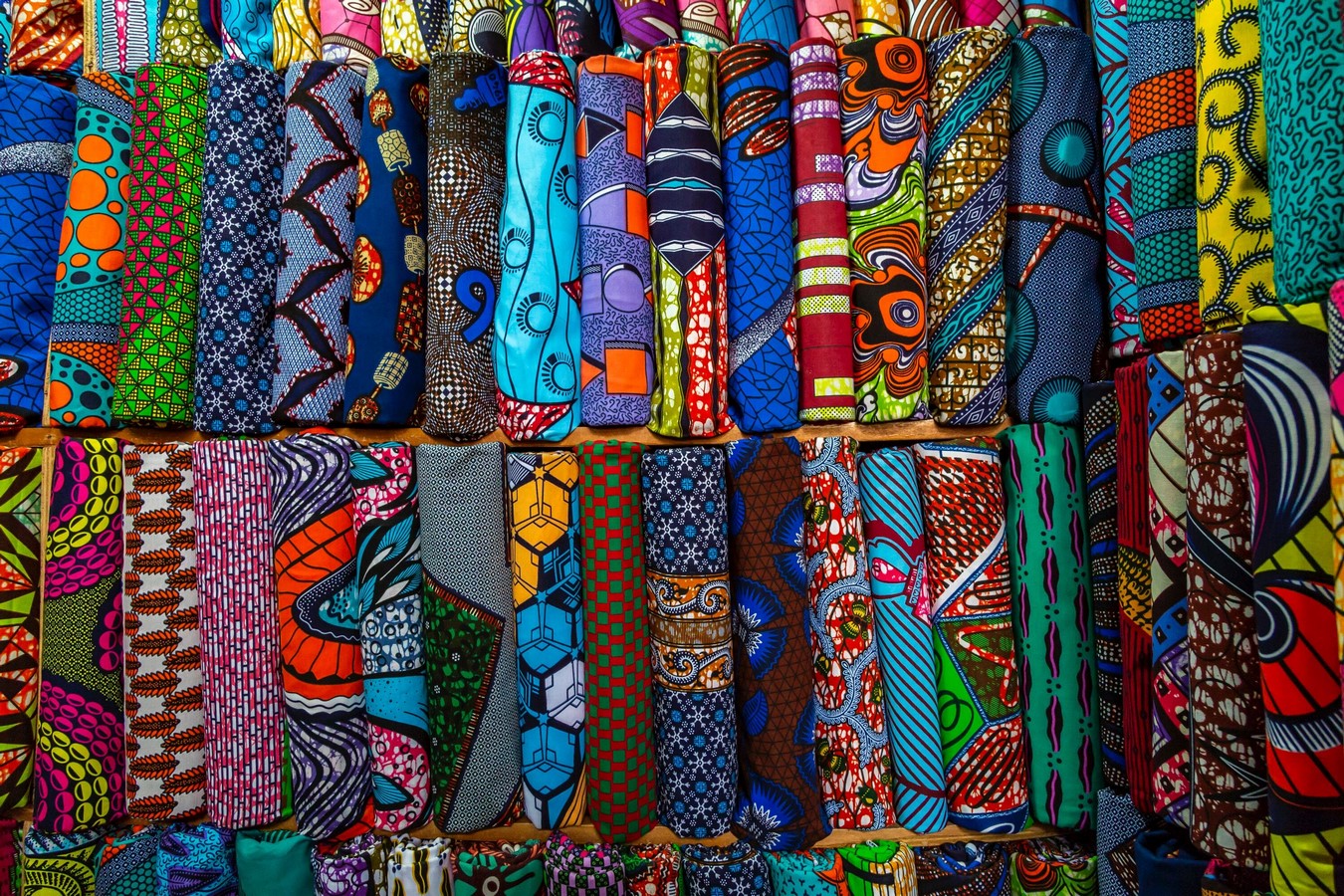
A Fresh Perspective
There is an obvious difference in the contemporary setting today. There has been a significant increase in the cultivation and growth of “handwork”. M artists and NGOs are returning to the drawing board to relearn age-old hand skills in order to reintegrate them into contemporary society. African textiles are no exception, and modern artists in the twenty-first century have worked hard to collaborate and coordinate efforts with non-profits and governments to keep these talents alive.
Along with this, these artists have tried to give these practices a new life by creating sustainable environments to bring out their authenticity as well as the importance of preserving these skills. This kickstarted in 1960 when “Shade” Thomas-Fahm, known to be Nigeria’s first modern fashion designer, began creating a strong national identity by using African textiles to reflect the coming of independence for their nations, especially for women.
Another pioneer in the field was Chris Seydou, the Malian fashion designer who brought the bogolanfini known as the mud cloth to contemporary fashion by modifying and editing the fabric to suit a modern framework.
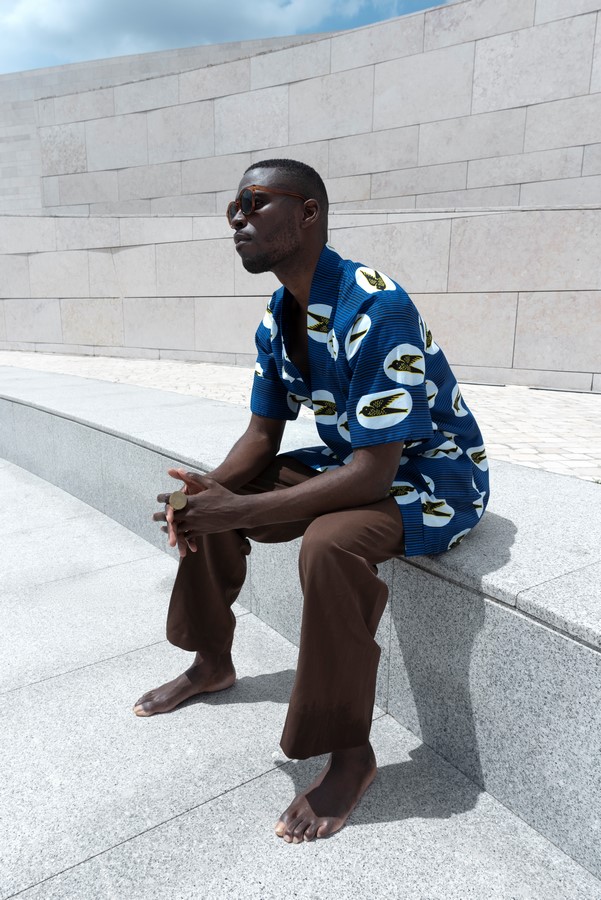
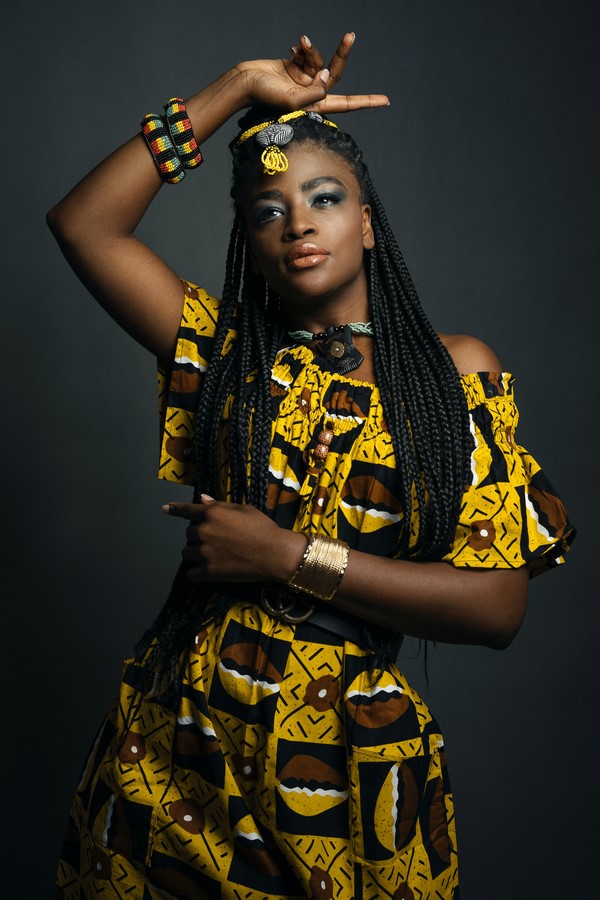
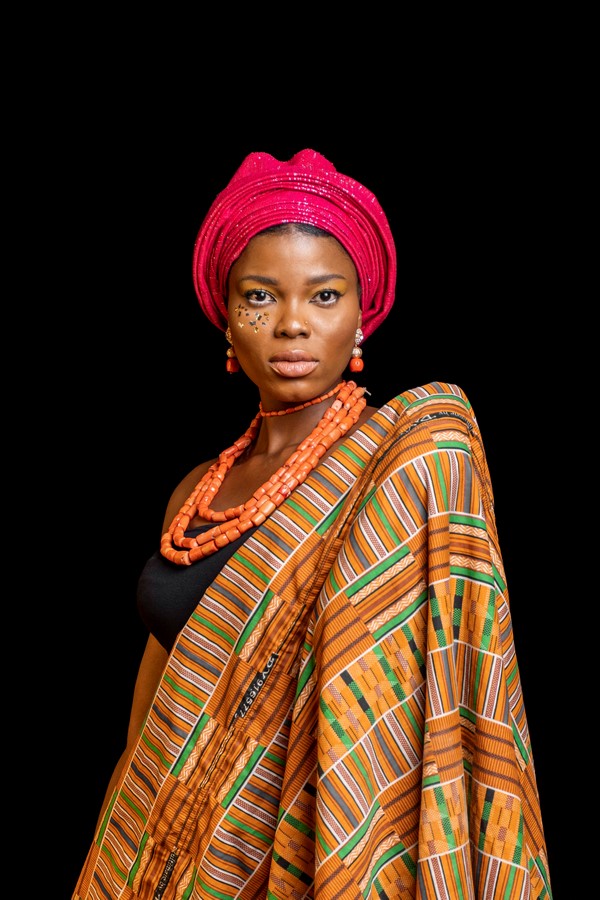
NKWO is another example of a circular economy fashion brand that makes a conscious effort to reduce waste consumption and conserve natural resources. Set up by Nkwo Onwuka, a sustainability expert in African textiles, she strongly advocates against waste by using second-hand fabrics to celebrate the diversity of African culture by weaving it into contemporary fashion. She has gone further by working with communities, one of which is working with women who have been displaced. Teaching them weaving skills has not only given them a livelihood but, importantly, passed on their cultural story.
African textiles are also making a strong statement in the realm of design, with artists using them for home décor items such as table runners, woven baskets, curtains, cushion covers and wall hangings.
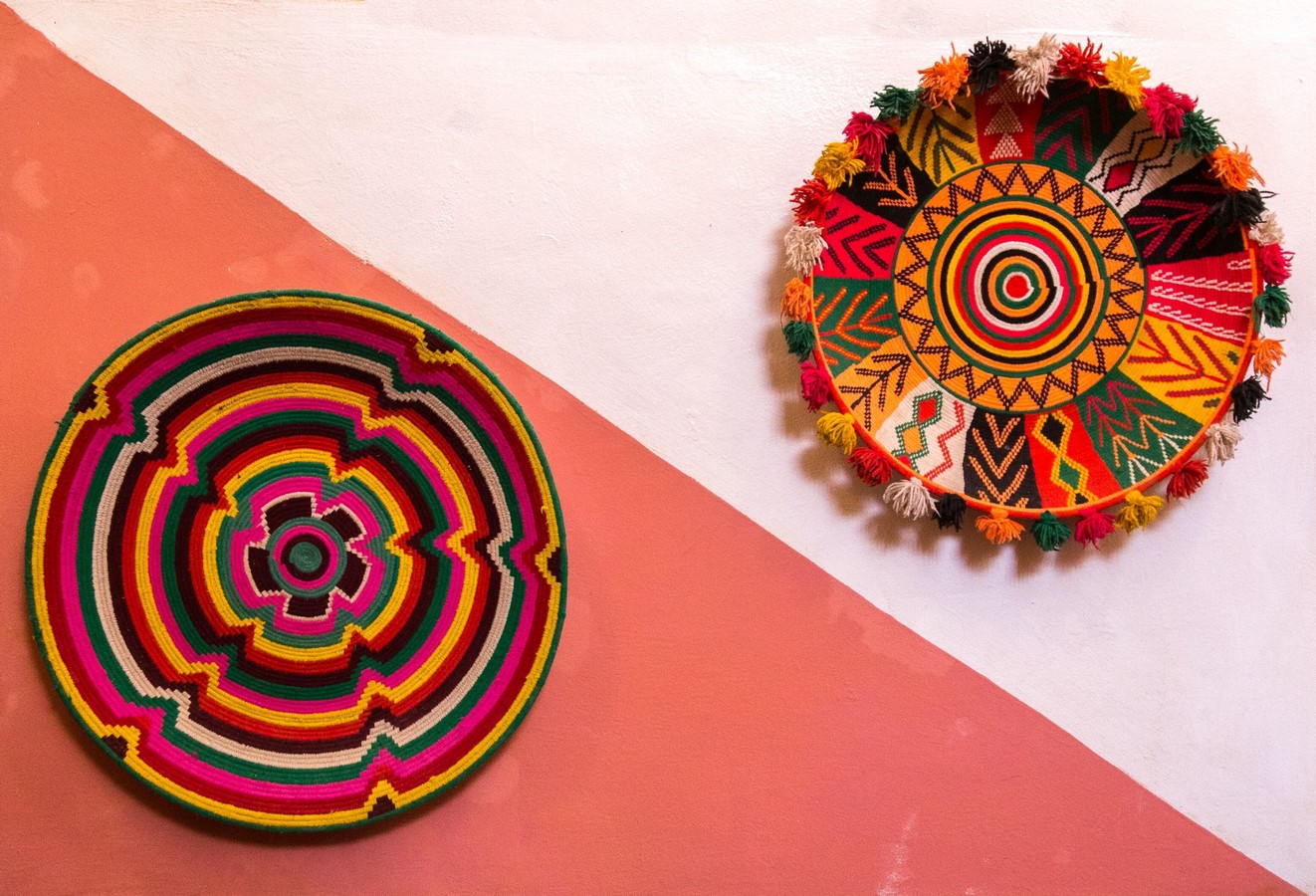

The call for preservation and sustainability is on. It’s inspiring to see how contemporary artists have used their ingenuity and imagination to close the circle. They are thereby establishing a circular economy in which historic traditions, cultural relevance, and local knowledge of manufacturing processes are preserved. Simultaneously, they are establishing a sector in which African textiles are making waves in the global design business. The urge to reuse textiles and give them new life and significance has altered the global industry’s perception of Africa, enabling them to understand that the Fabric of Africa has a lot more to offer.
Refernces:
Tadayonfard, P. (2023) Kenyan designers revolutionize fashion by tackling textile waste and embracing sustainability, Middle East Africa Textile News – Kohan Textile Journal. Available at: https://kohantextilejournal.com/kenyan-designers-revolutionize-fashion-tackling-textile-waste/ (Accessed: 08 October 2023).
Cloth of a continent: Africa Fashion · V&A (2023) Victoria and Albert Museum. Available at: https://www.vam.ac.uk/articles/cloth-of-a-continent-africa-fashion (Accessed: 08 October 2023).
Karen Chung, illustrations by R.N. aka P.H.A. 10 (2023) Dream weavers: The designers revolutionizing African textiles, Brooklyn Museum. Available at: https://www.brooklynmuseum.org/stories/africa-fashion-textiles-fashion (Accessed: 08 October 2023).
Asante (2017) Agents of Transition: Sculpture & textiles from west africa. Available at: https://agentsoftransition.wordpress.com/asante/ (Accessed: 08 October 2023).
Haq, S.N. (2021a) Nigerian fashion pioneer Folashade ‘shade’ Thomas-fahm will be celebrated at ‘Africa fashion’ exhibition, CNN. Available at: https://edition.cnn.com/style/article/nigerian-folashade-thomas-fahm-africa-fashion-exhibition-spc-intl/index.html (Accessed: 08 October 2023).
Interview with nkwo onwuka: Upcycling craftmanship: Luxiders magazine (2022) Sustainable Fashion – Eco Design – Healthy Lifestyle – Luxiders Magazine. Available at: https://luxiders.com/interview-with-nkwo-onwuka-sustainable-fashion/ (Accessed: 08 October 2023).
Nkwo Onwuka | Department of Economic and Social Affairs (no date) United Nations. Available at: https://sdgs.un.org/partnerships/nkwo-onwuka (Accessed: 08 October 2023).
MoMAA, E. (2023) The evolution of contemporary African Textile Art, MoMAA. Available at: https://momaa.org/the-evolution-of-contemporary-african-textile-art/ (Accessed: 08 October 2023).




















